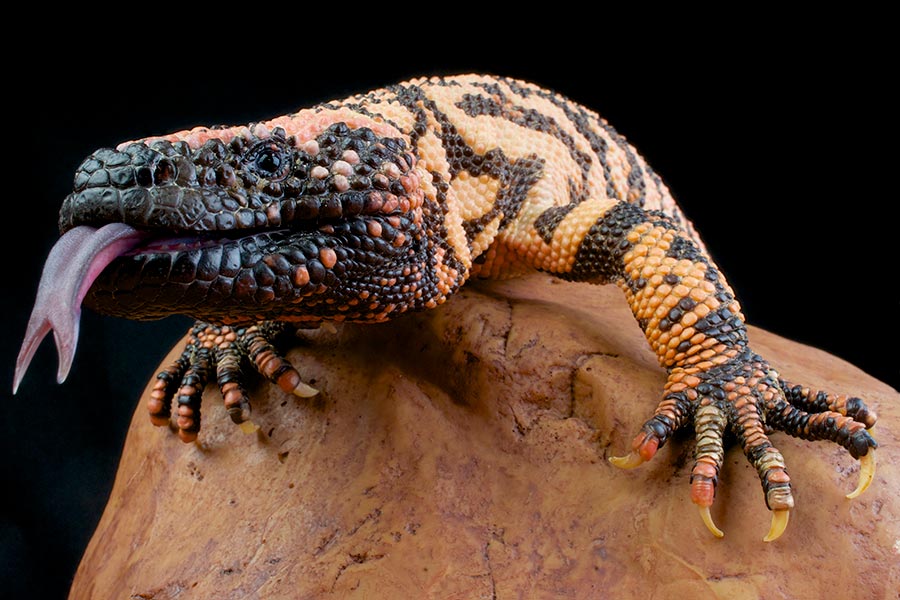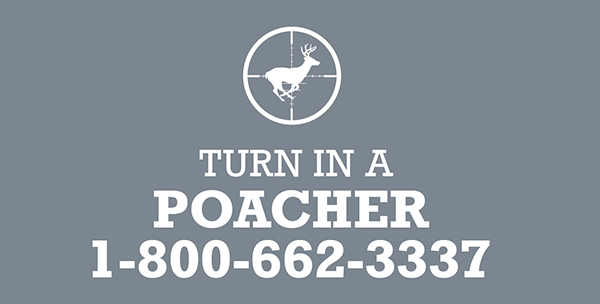≡
Ord's Kangaroo Rat
Dipodomys ordii
NatureServe conservation status
Global (G-rank): G5
State (S-rank): S5
- Reason: This species occurs essentially throughout Utah, except at higher elevations (i.e., >7,000 ft), and is common in many parts of the state.
External links
General information
Ord's kangaroo rat, Dipodomys ordii, occurs in northern Mexico, much of the central and western United States, and a small area of southern Canada. The species is common in Utah, where it can be found state-wide at elevations less than 7000 feet. Ord's kangaroo rats prefer grassland, shrubland, and woodland habitats, usually occurring in areas with sandy soil and sparse vegetation. The species is nocturnal, and many individuals hibernate during the winter. Inactive periods are spent in underground burrows that are often dug near the base of grasses or shrubs.
Females give birth to an average of three young per litter, and may occasionally have two litters per year. Ord's kangaroo rats eat seeds, some green vegetation, and insects. When food is plentiful, it is stored in underground burrows for later use.
Phenology
Active throughout most of year. May become dormant below ground in winter, especially in north. Strictly nocturnal. In spring in Utah, activity peaks shortly after sunset; secondary peak shortly before dawn; individuals active a maximum of 2 hours/night. In Nevada, activity occurred only after midnight in winter, mainly after midnight in summer. Activity increases under cloud cover, especially in winter; decreases in inclement weather, clear nights, and under moonlight; ceases when temperature less than -11 C or when snow cover more than 40% (Garrison and Best 1990).
Species range
Essentially statewide in distribution, although absent from higher elevations (i.e., > 7,000 ft), which do not provide suitable habitat, and possibly absent from the the most barren areas the West Desert. Also seemingly absent from extreme north-central Utah (see Hall 1981, map 342).
Habitat
Prefers sandy soil in open, sparsely vegetated areas; grasslands and shrublands (e.g. sagebrush, rabbitbrush, greasewood, ATRIPLEX) that have open bare soil; also woodland (pinyon/juniper, oak, mesquite). In underground burrows when inactive. Burrows often at the base of shrubs or grasses. Young are born in grass-lined nests in underground burrows.
Food habits
Feeds on a wide variety of seeds (mainly of grasses and forbs). May eat green vegetation when available. Eats some insects and other arthropods. Stores food in burrow.
Ecology
Solitary except during breeding season. Population density in Nevada was 1-5/2.7 ha; in Texas, 10-27/ha; up to 53/ha in some areas. Annual home range about 1 ha or less. May live at least 2 years. Predators include rattlesnakes, skunks, coyotes, foxes, owls, etc. With other kangaroo rats, affects vegetation structure and plant species diversity in the Chihuahuan Desert (Heske et al. 1993).
Reproductive characteristics
Reproductive patterns vary geographically; reproduction generally begins with appearance of green vegetation. Females are seasonally polyestrous. In New Mexico breeding may last from February-June; in Texas from August-February, August-March in Oklahoma; in Canada breeding occurs in spring. Gestation is 28-32 days. Average litter size is 3, varies with conditions. Sexual mature in about 83 days. In Oklahoma, many produce 2 litters per year in favorable years, and females born early in season produce a litter before end of same season (Caire et al. 1989). Drought may inhibit reproduction.
Threats or limiting factors
There are probably few, if any, serious threats to this species in Utah.
References
- Biotics Database. 2005. Utah Division of Wildlife Resources, NatureServe, and the network of Natural Heritage Programs and Conservation Data Centers.
- Burt, W. H. and R. P. Grossenheider. 1980. A field guide to the mammals. Houghton Mifflin Company, Boston. 289 pp.










